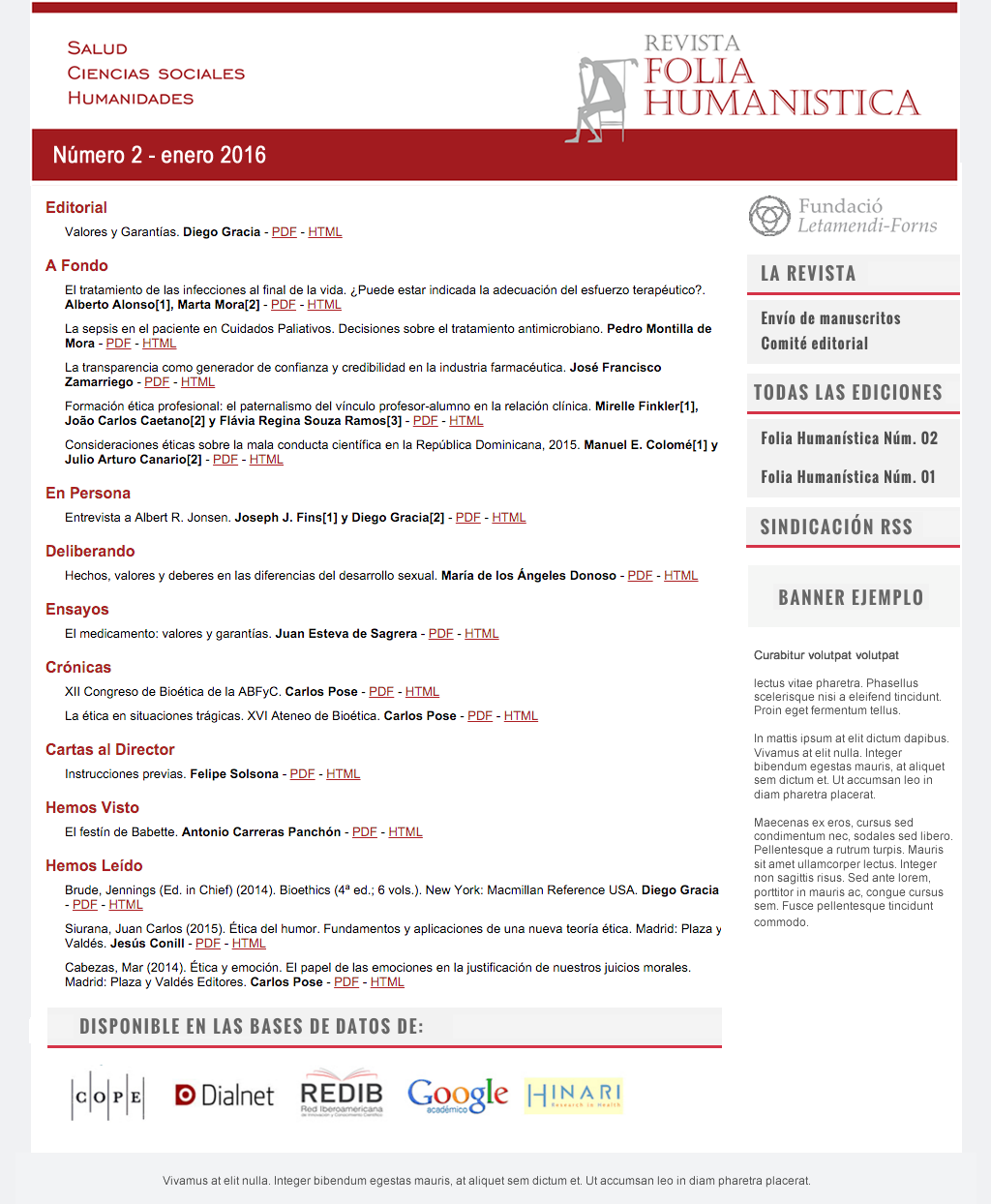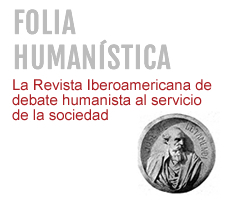Medicina basada en la Evidencia: el ejemplo del vértigo posicional paroxístico benigno
Keywords:
Evidence Based Medicine, Vertigo, Dix-Hallpike maneuver, Epley maneuverAbstract
Evidence-based medicine is the paradigm by which doctors are guided to update their diagnostic and therapeutic practice. However, the transition from evidence to clinical practice may be delayed a long time or may not occur for various reasons.These reasons are analyzed in relation to the case of Benign Paroxysmal Positional Vertigo in which circumstances coincide that do not apply the clinical practice guidelines in a generalized way, with great harm to patients.
Changes in clinical practice depend not only on the evidence but also on calculations such as the efficiency and effectiveness of the proposed change, patient satisfaction, and other factors such as previous experience with the change, training, cultural inertia and attitude of clinical leaders and finally pressures for or against the pharmaceutical industry.
References
Guyatt, G. H., Sacket, D. L., Cook, D. J., & Evidence-Based Medicine Working Group. (1997). La Medicina Basada en la Evidencia. Guías de usuario de la literatura médica. The Journal of the American Medial Association. Edición Española.
Manifiesto #NoSinEvidencioa. Disponible en internet (última consulta el 5 de mayo de 2020). https://nosinevidencia.wordpress.com/.
Strupp M, Brandt T. Diagnosis and Treatment of Vertigo and Dizziness.
Dtsch Arztebl Int 2008; 105(10): 173–80. DOI: 10.3238/arztebl.2008.0173.
KIM, Ji-Soo; ZEE, David S. Benign paroxysmal positional vertigo. New England Journal of Medicine, 2014, 370.12: 1138-1147.
POST, Robert E.; DICKERSON, Lori M. Dizziness: a diagnostic approach. American family physician, 2010, 82.4: 361-368.
EPLEY, John M. The canalith repositioning procedure: for treatment of benign paroxysmal positional vertigo. Otolaryngology—Head and Neck Surgery, 1992, 107.3: 399-404.
Hilton MP, Cochrane Database Syst Rev. 2014;CD003162
Dix, M. R., and C. S. Hallpike. "The pathology, symptomatology and diagnosis of certain common disorders of the vestibular system." (1952): 341-354.
Bhattacharyya, N., Gubbels, S. P., Schwartz, S. R., Edlow, J. A., El-Kashlan, H., Fife, T.,et al. Seidman, M. D. (2017). Clinical practice guideline: benign paroxysmal positional vertigo (update). Otolaryngology–Head and Neck Surgery, 156(3_suppl), S1-S47.
Esencial. Afegint valor a la pràctica mèdica. Medicaments sedants vestibulars per al vertigen posicional paroxístic benigne. Disponible en internet: http://essencialsalut.gencat.cat/ca/detalls/Article/sedants_vertigen_
Iparraguirre, Tranche, and Marzo Castillejo. "Not to do." Atencion Primaria 47.4 (2015): 191-192.essencial_abril2016 (última consulta 5 de mayo de 2020).
Li JC, Li CJ, Epley J, Weinberg L. Cost-effective management of benign positional vertigo using canalith repositioning. Otolaryngol Head Neck Surg. 2000;122:334-339.
Pérez P, Manrique C, Alvarez MJ, Aldama P, Alvarez JC, Fernández ML, et al. Valoración del conocimiento del vértigo posicional paroxístico benigno en la atención primaria y especializada de primer nivel. Acta Otorrinolaringol Esp. 2008;59:277-282.
Wang H, Yu D, Song N, Su K, Yin S. Delayed diagnosis and treatment of benign paroxysmal positional vertigo associated with current practice. Eur Arch Otorhinolaryngol. 2014; 27:261-264.
Borrell-Carrió F, Estany A, Platt FW, MoralesHidalgo V. Doctors as a knowledge and intelligence building group: pragmatic principles underlying decision-making processes. J Epidemiol Community Health. 2015 Apr;69(4):303-5.
Kerber KA, Forman J, Damschroder L, et al. Barriers and facilitators to ED physician use of the test and treatment for BPPV. Neurol Clin Pract. 2017 Jun;7(3):214-224.
Kovacs E, Stephan AJ, Phillips A, Schelling J, Strobl R, Grill E. Pilot cluster randomized controlled trial of a complex intervention to improve management of vertigo in primary care (PRIMA-Vertigo): study protocol. Curr Med Res Opin. 2018 Oct;34(10):1819-1828.
Meurer WJ, Beck KE, Rowell B, Brown D, Tsodikov A, Fagerlin A, Telian SA,Damschroder L, An LC, Morgenstern LB, Ujhely M, Loudermilk L, Vijan S, Kerber KA.Implementation of evidence-based practice for benign paroxysmal positional vertigo: DIZZTINCT- A study protocol for an exploratory stepped-wedge randomized trial. Trials. 2018 Dec 22;19(1):697.
Gabbay J, Le May A. Evidence based guidelines or collectively constructed ‘mindlines?’ Ethnographic study of knowledge management in primary care. BMJ 2004; 329(7473): 1013
Downloads
Published
How to Cite
Issue
Section
License
La Revista Folia Humanística se adhiere a Creative Common en la modalidad: Reconocimiento – NoComercial – CompartirIgual (by-nc-sa): No se permite un uso comercial de la obra original ni de las posibles obras derivadas, la distribución de las cuales se debe hacer con una licencia igual a la que regula la obra original.








